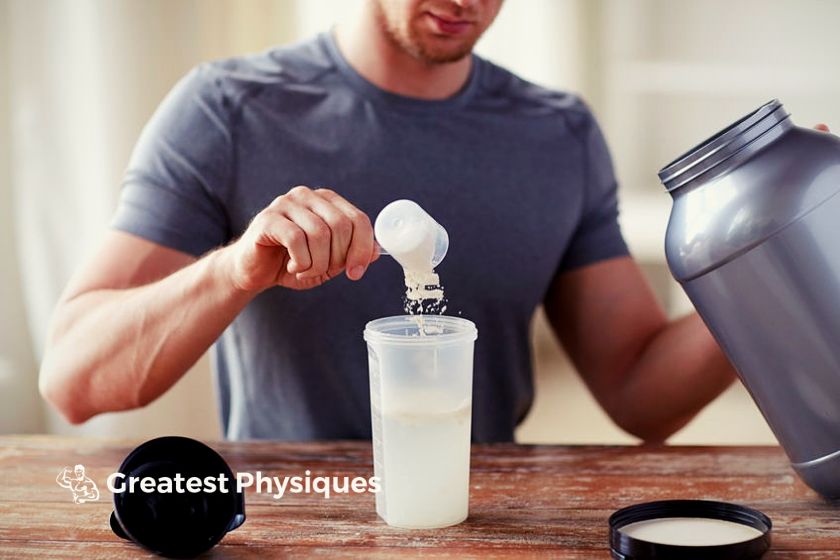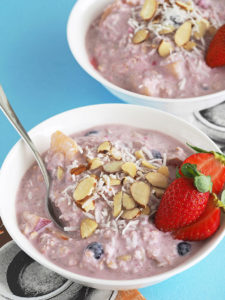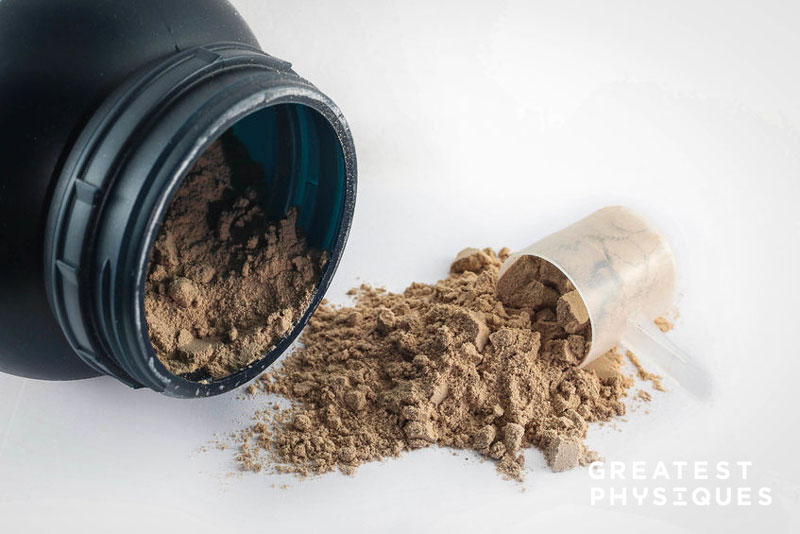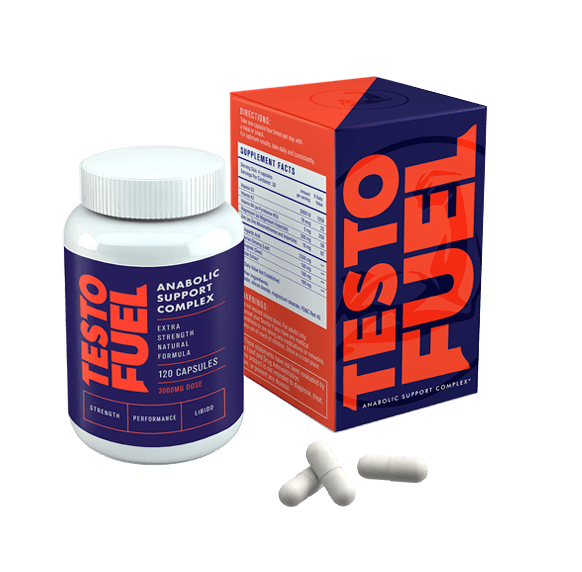
While not the most popular supplement in sports nutrition, the pre-workout is gaining ground – at least according to Lumina Intelligence, a consumer analysis website[1].
As a result of their increasing popularity, there are many pre-workouts designed to improve your exercise regime in some way. You’ll also see brands selling intra-workouts, post-workouts, nitric oxide boosters and standalone ingredients all vying for your cash.
But how exactly do pre-workouts differ from these other supplements and do you need to take them? The aim of this article is to give you everything you need to know about pre-workouts…
What are pre-workouts?

As their category name suggests, pre-workouts are designed to be taken pre- (or before) your workout. Most of these products come in powder form. However, you can also buy gels, capsules and ready-to-drink pre-workouts.
By contrast, intra-workouts are meant to be taken during your workout, while you should consume post-workouts after your workout.
Pre-workouts are also known as pre-workout blends. This is because they use formulas that contain blends of multiple ingredients. These may include the likes of creatine, beta-alanine, L-citrulline, and caffeine – all of which are also available as standalone pre-workout supplements.
However, it’s worth noting that not all pre-workouts are the same; don’t be surprised to see one pre-workout with completely different ingredients and portion sizes to a rival product in the same category.
Somewhat confusingly, products labeled ‘nitric oxide boosters’ or ‘pump products’ may also be classified as pre-workouts. This is because they contain many of the same ingredients you’d find in a standard pre-workout – and because they tend to be taken before exercise to enhance the activity in some way. If there’s any difference at all (apart from the category names), it lies in the number of certain ingredients included for specific purposes.
What does pre-workout do?
Pre-workouts are designed to increase energy, boost endurance, sharpen focus and raise your motivation.
In theory, this could help you train harder for longer and improve your health and fitness level.
Many pre-workouts are also designed to enhance muscle pumps, aid recovery and reduce muscle soreness.
The vast majority of pre-workouts contain caffeine – which is also usually said to be the source of extra focus, motivation and endurance.
L-theanine is also often included because it has been shown to enhance attention while reducing jitteriness or anxiety that caffeine can cause (more on this later).
L-citrulline/citrulline malate is possibly one of the best-researched of the so-called pump boosters due to its apparent ability to increase nitric oxide[2].
Pre-workouts promising to enhance muscle pumps may also contain arginine and L-norvaline – and the use of these ingredients is backed by at least some research[3].
Should I take a pre-workout?

That depends. If you’re always full of energy and you never feel tired before a workout, then you may not need to take a pre-workout. But let’s say you plan to hit the gym after a long, hard day at work…
Then taking pre-workout may give that extra push you need to lift a couple of extra reps.
Are you sensitive to stimulants? Then you need to be aware that most pre-workouts contain caffeine. With this in mind, you may wish to find a stimulant-free (or ‘stim-free’) version, many of which use alternative energy sources – such as beta-hydroxybutyrate salts (BHB salts)[4].
Best pre-workout ingredients
- Creatine
One of the most popular standalone sports supplements around, creatine is also one of the best-researched pre-workout ingredients.
As the subject of hundreds of peer-reviewed studies, creatine has been shown to increase muscle energy, lean mass and strength during short bursts of high-intensity exercise[5].
The compound may also help reduce muscle damage[6] and even improve mood[7].
- Caffeine
Perhaps the most common pre-workout ingredient, caffeine has been shown to increase energy, improve focus, raise motivation and shorten reaction times.
What if I’m sensitive to caffeine in large amounts?
That’s a good question. After all, some pre-workouts provide up to 500mg of caffeine in one serving – which is more than the 400mg daily limit recommended by the FDA[8].
This large amount of caffeine could cause jitters, anxiety, fast heart rate, headaches, upset stomach and more (see reference 6).
If you want to avoid taking large amounts of caffeine, perhaps consider looking for a pre-workout with less caffeine. But how much?
According to a 2014 study by Spriet, portion sizes of 150-200mg can improve athletic performance[9] – so you may not need to take as much as some of the more ‘hardcore’ pre-workouts provide.
- Beta-alanine
This modified amino acid may increase physical performance and help you reach your goals faster.
In fact, research suggests beta-alanine may improve muscular endurance – and it’s said to be most effective in people who exercise for 60-240 seconds[10], while also improving anaerobic running capacity[11].
The amino acid may also help increase lean mass – with at least one study suggesting it can boost hypertrophy (enlargement of the muscles)[12].
- Citrulline
A non-essential amino acid, citrulline is found in watermelons (one of the richest sources), as well as beans, nuts and meat.
It has been shown to boost nitric oxide and enhance blood flow[13]. As a result, it is widely used to intensify muscle pumps during weight training.
Citrulline is also thought to help reduce the buildup of ammonia, which in turn could reduce muscle soreness and speed up recovery[14].
While citrulline is great on its own, we prefer citrulline malate – a blend of the amino acid and malic acid (a dicarboxylic acid). This is said to further reduce fatigue by preventing lactic acid accumulation in the muscles[15].
- BCAAs
Branched-chain amino acids are also known as BCAAs for short. And individually, they’re known as leucine, isoleucine and valine.
BCAA are essential for protein synthesis[16] and have been shown to improve muscle recovery following endurance exercise. Some research suggests that amino acids could reduce muscle soreness by as much as 33%[17] [18] [19].
In another study from 1997, users reported 15% less fatigue when using BCAA compared to those using a placebo[20].
BCAA are also said to help increase muscle mass (see reference 14) and enhance weight loss[21].
- Sodium bicarbonate
Also known as baking soda, sodium bicarbonate may be the great unsung hero of the world of pre-workouts.
Commonly used in supplements to aid digestion[22], sodium bicarbonate has nonetheless been shown to improve exercise performance.
Research suggests the compound may increase capacity during cardiovascular exercise[23], while also increasing power output[24].
When paired with creatine, baking soda may also help improve sprint performance[25].
- Recommended – Best natural pre-workout ingredients & foods
What you should consider before taking pre-workouts

Dosage
You may have noticed that different brands provide different dosages of certain ingredients – and this can be part of the problem when choosing a pre-workout.
With hundreds (maybe thousands) of products available in this category, how do you know which ones are effective and which ones aren’t worth your money?
Well, there’s a wealth of research on different ingredients – much of which you can access online. With this in mind, it may be wise to do your own research to check the portion sizes correspond with studies.
For example, 6g of citrulline malate has been shown to increase aerobic energy[26], so it could make sense to choose a product that contains this amount of the amino acid.
Proprietary blends
As you may have read elsewhere on this site, we are not fans of proprietary blends. As stated by WebMD, a proprietary blend is a mix of ingredients “by only one supplement manufacturer”[27]. But that’s not what bothers us…
These blends often conceal portion sizes and sometimes even the ingredients on the label. This is a problem because it means you can never be sure exactly what (or how much) you’re getting. This, in turn, makes it more difficult to know whether a product is worth your time or money.
While proprietary blends don’t automatically make a bad product, it’s perhaps easier to trust brands that use only transparent lists of ingredients.
When to take it
Directions for use vary from one manufacturer to the next. That said, most pre-workouts tell you to take one or two scoops 20-45 minutes before your workout.
These products contain multiple ingredients and may be wise to leave enough time for your body to process them in time for your workout. In fact, experts say it takes 45 minutes for the body to absorb 99% of caffeine – an ingredient you’ll find in most pre-workouts.
Cycling
As pre-workouts are thought to increase energy and endurance, you may be tempted to take it before every single workout. However, your pre-workout is likely to contain stimulants like caffeine, green tea and/or yohimbine (unless you use a non-stim version).
So what’s the problem? Well, repeated use of certain stimulants can lead to tolerance, which is likely to make the effects less noticeable[28].
Caffeine has also been shown to increase cortisol levels, which could suppress your immune response[29]. Increases in the so-called ‘stress hormone’ could lead to the buildup of fat[30].
These potential issues don’t (necessarily) mean you should stop taking pre-workouts. But cycling may be wise. How often should take a break? We can’t really tell you that as everybody is different.
This depends on how much caffeine you consume and whether you’ve built up a tolerance. That said, you may find The Cut’s advice on how to undo caffeine tolerance useful[31] (see reference).
Sleeping patterns
It’s common knowledge that caffeine may also disturb sleeping patterns – it has been shown to knock our body clocks out of sync[32].
According to a study published in the Journal of Clinical Sleep Medicine, subjects who consumed caffeine six hours before bedtime reduced their total sleep time by one hour[33].
As a result, it may be wise not to take your stimulant-based pre-workout too soon before bed.
According to the Food and Drugs Administration (FDA), caffeine consumption “is not a substitute for sleep”[34]. So if you’re feeling so tired that you’d rather sleep than exercise, taking pre-workout may not be wise.
FAQs
Do pre-workouts work?

That’s hard to say because no two pre-workouts are the same. Like any supplement, it’s fair to say that some pre-workouts work better than others.
It’s also worth noting that people react to certain ingredients in different ways. Assuming you choose a pre-workout that’s right for your needs, there’s no reason why it won’t give you the boost you’re looking for.
Is pre-workout bad for you?
Again, that’s tough to say. Some pre-workouts are loaded with as much 500mg of caffeine in a single serving – which is 125% of your recommended daily intake[35].
As a result, taking this much caffeine in one go could lead to jitteriness, anxiety and several other common side effects[36].
In addition, many brands use proprietary blends in their pre-workouts. WebMD.com defines proprietary blends as “a combination of ingredients used only by one supplement manufacturer”[37].
Often, these blends will conceal dosage information (and sometimes even the ingredients themselves).
While some brands say they do this to prevent others from using formulas they’ve perfected, the lack of dosage information stops you from seeing what you’re putting into your body.
As a result, this arguably increases the likelihood of taking something that is not good for you. With this in mind, we recommend looking for a pre-workout without proprietary blends.
How long does pre-workout last?
Different ingredients stay in the system for longer than others. But if you’re using a stimulant-based pre-workout, the length of time it lasts could depend on how sensitive you are to caffeine.
The American Academy of Sleep Medicine states that caffeine has a half-life of up to five hours[38]. This means that if you take a pre-workout (containing 500mg of caffeine), at 5pm, you could still have 250mg in your system at 10pm – that’s roughly equal to 2.5 eight-ounce cups of coffee[39].
Is pre-workout safe?
Pre-workouts are generally safe. However, different pre-workouts vary in terms of quality, manufacturing standards and in the origin of the ingredients.
To be on the safe side, look for a pre-workout that uses well-researched ingredients and is made in line with current Good Manufacturing Practices (cGMP). And to be sure you know what (and how much) you’re taking, you may also wish to avoid pre-workouts that use proprietary blends.
Why does pre-workout make you itch?
The source of this itch – or tingling sensation – is highly likely to be beta-alanine (or β-alanine).
This modified amino acid has been shown to cause paresthesia – harmless tingling sensations which are usually felt on the face and neck[40].
Some people enjoy these sensations, but if you don’t – look for a pre-workout without beta-alanine.
When should I take pre-workout?
No two pre-workouts are the same – and so directions for use vary from one product to the next. These directions will take both ingredients and their portion sizes into account. However, most pre-workout labels will suggest taking a serving 20-45 minutes before exercise.
Takeaway
Pre-workouts are among the most popular supplements on the market. As a result, there are hundreds – perhaps even thousands – of products available in this category.
As their name implies, pre-workouts are designed to be taken before exercise. This makes them different from intra-workouts which you take during exercise and post-workouts which are taken after physical activity.
Pre-workouts are mostly formulated to boost focus, endurance and recovery, but some are also said to promote more satisfying muscle pumps. Most pre-workouts contain caffeine, but they’re also available without it – some brands even offer single products with or without stimulants.
Do your research and try to find a pre-workout that contains ingredients that are backed by at least some science. For example, creatine is arguably one of the best-researched pre-workout ingredients on the market (see reference 5).
In addition, too much caffeine could cause jitteriness, but you don’t have to take as much as the 500mg found in many ‘hyped-up’ pre-workouts (150-200mg could be enough).
Forget branding – ingredients (and their portion sizes) are the most important factor to consider when choosing a pre-workout. Why? Because with the right clinically-dosed ingredients, you’re arguably more likely to achieve the kinds of results you’re looking for.
References
[1] https://www.lumina-intelligence.com/2019/10/11/how-can-pre-workout-supplements-grow-their-market-share/
[2] https://www.ncbi.nlm.nih.gov/pmc/articles/PMC5999519/
[3] https://www.ncbi.nlm.nih.gov/pubmed/9458885
[4] https://www.ncbi.nlm.nih.gov/pmc/articles/PMC3810007/
[5] https://www.ncbi.nlm.nih.gov/pmc/articles/PMC2048496/
[6] https://www.ncbi.nlm.nih.gov/pubmed/19490606
[7] https://www.ncbi.nlm.nih.gov/pmc/articles/PMC2794979/
[8] https://www.fda.gov/consumers/consumer-updates/spilling-beans-how-much-caffeine-too-much
[9] https://www.ncbi.nlm.nih.gov/pmc/articles/PMC4213371/
[10] https://www.ncbi.nlm.nih.gov/pmc/articles/PMC6092497/
[11] https://www.ncbi.nlm.nih.gov/pubmed/19935102
[12] https://jissn.biomedcentral.com/articles/10.1186/s12970-018-0224-0
[13] https://www.ncbi.nlm.nih.gov/pmc/articles/PMC5999519/
[14] https://www.ncbi.nlm.nih.gov/pubmed/21908948
[15] https://www.ncbi.nlm.nih.gov/pmc/articles/PMC4787273/
[16] https://www.ncbi.nlm.nih.gov/pubmed/16365096
[17] https://www.ncbi.nlm.nih.gov/pubmed/22569039
[18] https://www.ncbi.nlm.nih.gov/pubmed/20601741
[19] https://www.ncbi.nlm.nih.gov/pubmed/24967261
[20] https://www.ncbi.nlm.nih.gov/pubmed/9124069
[21] https://www.ncbi.nlm.nih.gov/pubmed/21169225
[22] https://www.webmd.com/a-to-z-guides/baking-soda-do-dont#1
[23] https://www.ncbi.nlm.nih.gov/pubmed/17507744
[24] https://www.ncbi.nlm.nih.gov/pubmed/23531361
[25] https://www.ncbi.nlm.nih.gov/pubmed/23254493
[26] https://www.ncbi.nlm.nih.gov/pubmed/12145119
[27] https://www.webmd.com/vitamins-and-supplements/qa/what-is-a-proprietary-blend-supplement
[28] https://www.ncbi.nlm.nih.gov/pubmed/1888264
[29] https://www.ncbi.nlm.nih.gov/pmc/articles/PMC2257922/
[30] https://www.webmd.com/diet/features/stress-weight-gain#1
[31] https://www.thecut.com/2016/07/heres-how-to-undo-a-caffeine-tolerance.html
[32] http://sleepeducation.org/news/2013/08/01/sleep-and-caffeine
[33] http://jcsm.aasm.org/viewabstract.aspx?pid=29198
[34] https://www.fda.gov/consumers/consumer-updates/spilling-beans-how-much-caffeine-too-much
[35] https://www.fda.gov/consumers/consumer-updates/spilling-beans-how-much-caffeine-too-much
[36] http://sleepeducation.org/news/2013/08/01/sleep-and-caffeine
[37] https://www.webmd.com/vitamins-and-supplements/qa/what-is-a-proprietary-blend-supplement
[38] http://sleepeducation.org/news/2013/08/01/sleep-and-caffeine
[39] https://www.ars.usda.gov/news-events/news/research-news/2009/analyzing-caffeine-in-selected-dietary-supplements/
[40] https://www.ncbi.nlm.nih.gov/pmc/articles/PMC3491570/



Leave a comment